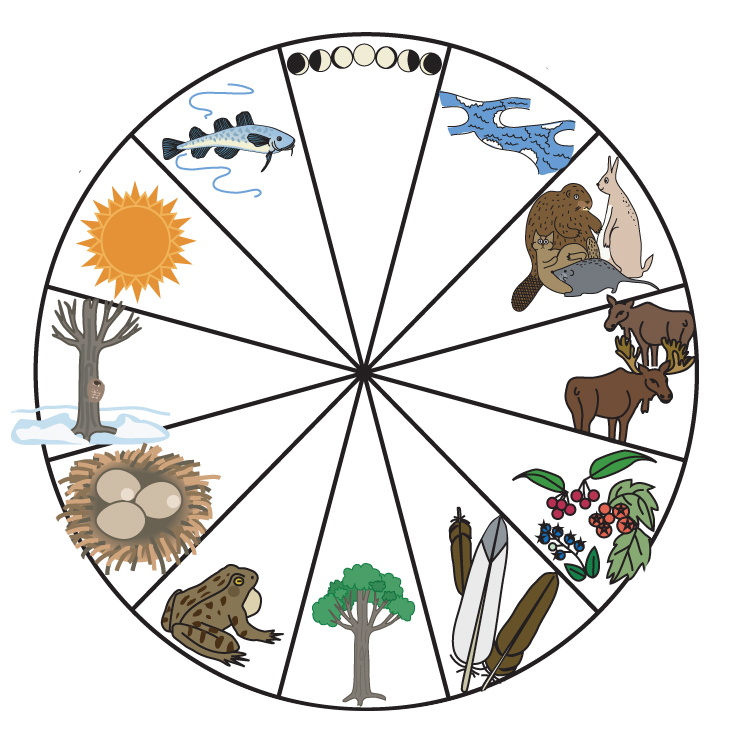Broadened and Culturally-Inclusive View of Science
 SCIENCE: dynamic, pattern-based knowledge
SCIENCE: dynamic, pattern-based knowledge
In Integrative Science, by choosing to view science as pattern-based knowledge, we are enabled to acknowledge that different cultures may shape and share their science knowledge in different ways, using some or all our human "pattern smarts" to recognize, transform, and express patterns.
And, in saying that science is dynamic, we mean that our understandings – of patterns and their transformations – can and do change.
Of the 8-9 human intelligences (which we choose to refer to as "pattern smarts") recognized by developmental psychologist Howard Gardner at Harvard University (Gardner 1983, 1993, 1998), Western science tends to privilege logical-mathematical and linguistic intelligences. More holistic sciences, such as those of many Aboriginal and other Indigenous peoples, tend to enrich these by further drawing upon the interpersonal, intrapersonal, musical, body-kinaesthetic, spatial, naturalistic, existential, and spiritual. We can readily understand, therefore, that different sciences can and do emerge in different cultures or worldviews.
We feel comfortable in using "pattern smarts" for the multiple intelligences (MI), in that MI Theory is a brain-based theory and that an overall understanding within cognitive neuroscience is that the human brain is a highly specialized, pattern seeking organ.
For a much richer understanding of "pattern" than that used in the Western cognitive sciences, we recommend the article by Sheridan and Longboat (2006). These authors speak to the sacred ecology of mind within the Haudenosaunee/Mohawk tradition. They do not necessarily use the word pattern but they explain that sacred ecology of mind is a consequence of long residence in traditional territory and enduring spiritual and intellectual relationships between people, clans, and landscape wherein animal and spiritual helpers manifest their presence in one's life.
References in above:
Gardner, H. 1983. Frames of mind; the theory of multiple intelligences. New York, NY: Basic Books.
Gardner, H. (1993). Multiple intelligences; the theory in practice (a reader). New York, NY: Basic Books.
Gardner, H. 1998. Are there additional intelligences? The case for naturalistic, spiritual, and existential intelligences. In J. Kane (ed.) 1999, Education, information, and transformation. (pp. 111- 131). Upper Saddle River, NJ: Prentice-Hall, Inc.
Sheridan, J., and Longboat, D. (2006). The Haudenosaunee imagination and the ecology of the sacred. Space and Culture, 9(4), 365-381.
See also: Bartlett et al. (authors' final revised draft for chapter in forthcoming book)
Integrative Science research to explore pattern
Pattern is something we explore within Integrative Science research, and we have developed a three-piece conceptual framework as a tool to help us in these explorations. It involves: pattern recognition, pattern transformation, and pattern expression.
Examples of Integrative Science research to explore pattern:
1) Kavanagh, S., Bartlett, C., and Marshall, M. 2006. Imagination in the natural sciences: pattern recognition, transformation, and expression. 4th International Conference on Imagination and Education; Opening Doors to Imagination (10 pp. in Proceedings), Vancouver, BC, 12-15 July 2006. View presentation.
2) Lefort, N., Bartlett, C, and Marshall, M. 2006. "Natural horizons" in science education. 4th International Conference on Imagination and Education; Opening Doors to Imagination (8 pp. in Proceedings), Vancouver, BC, July 2006. View presentation.
